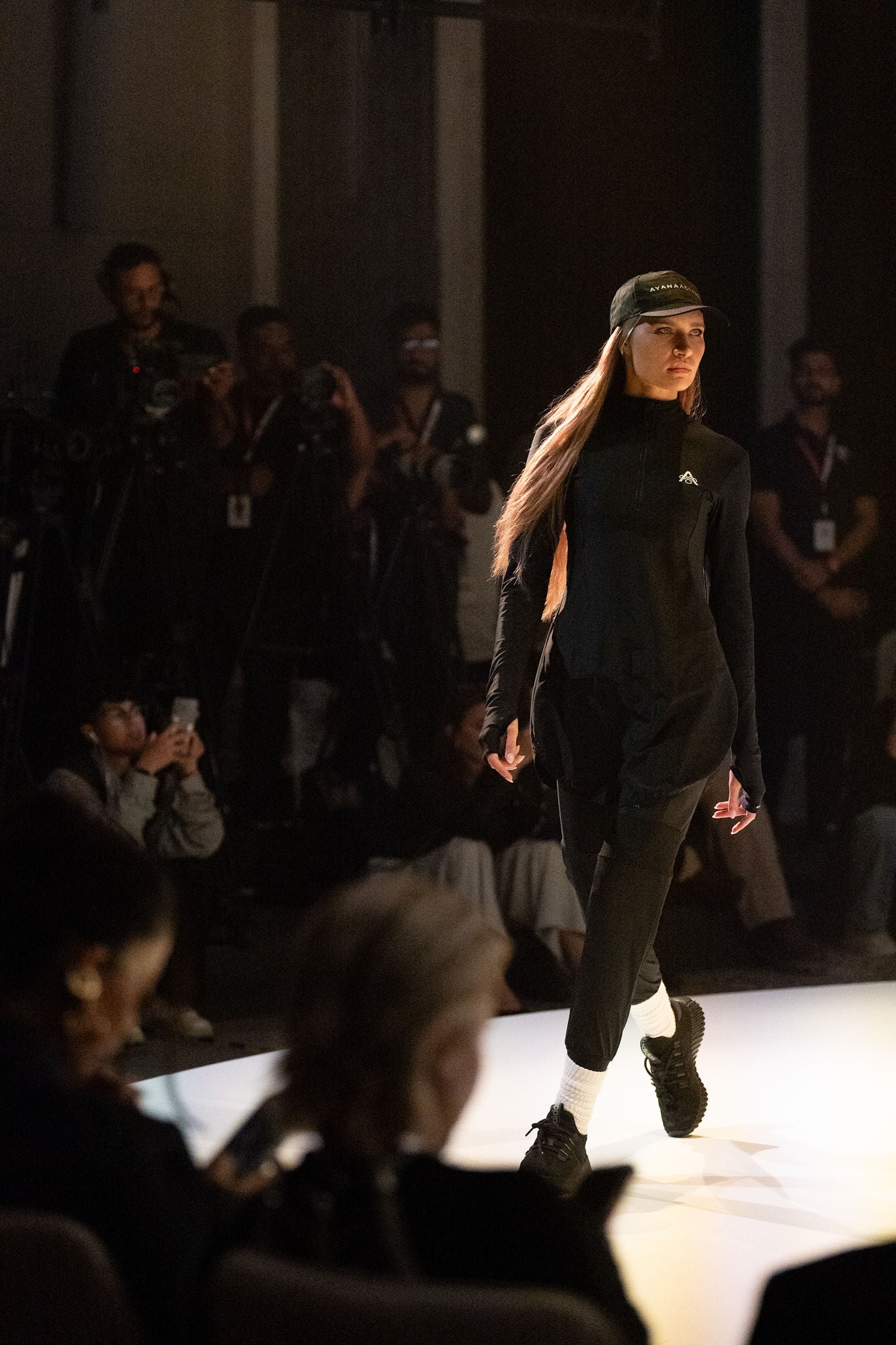What's on Trend for Black Friday?
Over the years, Black Friday has become a cornerstone of the retail calendar, with clothing and accessories consistently among the most sought-after categories. In 2023, 82.7% of female shoppers and 70.3% of male shoppers purchased clothing and accessories, underscoring the category's appeal across demographics. While electronics often dominate male spending, clothing has remained the primary focus for women during this shopping event.
The shift from in-store to online shopping has significantly influenced Black Friday trends. In 2022, nearly 70% of Black Friday purchases were made online, driven by the convenience of e-commerce and the rise of mobile shopping. By 2023, mobile devices accounted for 54% of online sales, reflecting a growing reliance on apps and mobile-friendly websites for deal hunting.
As time passes and we get further away from the Covid-19 era of shopping, retailers are enhancing in-store experiences to compete with the ease of online shopping. This comes in the form of personalized offers, faster checkout options and excess inventory to ensure every customer's needs are met. In-store shopping has consequently begun to see a revival - 76.2 million consumers visited physical stores on Black Friday in 2023, a 4.6% increase from the previous year.

Discounts remain a critical factor for many shoppers. Demand for affordable clothing deals remains robust year after year. In particular, Gen Z, known for budget-conscious shopping, had a strong presence but spent less per capita than older generations in 2023. Average product discounts remained around 31% last year.
As retailers expand Black Friday promotions across the week, the event continues evolving, blending physical and digital retail to meet diverse shopper expectations. This hybrid approach suggests that the future of Black Friday in clothing retail will focus on convenience, value and personalized experiences.



